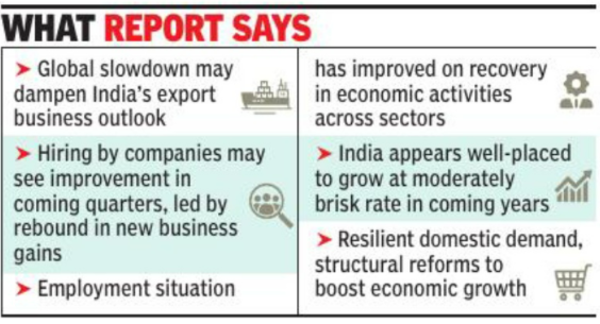Table of Contents
- What causes inflation in India: Demand or supply issues? | Data - The Hindu
- 83% Of Americans Are Belt Tightening Due To Inflation Pressures
- Instant View: India's retail inflation eases to 5.02% in September ...
- Inflation: India's inflation easing slowly and steadily - The Economic ...
- Top Ways to Beat Inflation in India: Guide to Investment
- Inflation India: Inflation nation: Tighten your belts. Current price ...
- अर्थव्यवस्था के मोर्चे दोहरी खुशखबरी: खुदरा महंगाई में आई कमी जबकि ...
- India's inflation fight will hurt growth, risks wider fiscal gap | Reuters
- Inflation News: Inflationary pressures set to ease, says finance ...
- Why India's Fight Against Inflation Continues? | Today’s the Hindu ...



The Inflation Conundrum



Double Blow to Consumers
/cloudfront-us-east-2.images.arcpublishing.com/reuters/N7ENS4X5T5IF5LHEZB4N3BKKRU.jpg)

Some of the key areas where consumers are feeling the pinch include:

- Food prices: The rise in food prices has been particularly harsh, with the cost of staples such as rice, wheat, and pulses increasing significantly.
- Housing costs: The increasing cost of housing, including rent and mortgage payments, has left many consumers struggling to make ends meet.
- Healthcare expenses: The rising cost of healthcare services and medicines has added to the financial burden of consumers.

Consumer Response to Inflation
In response to the rising prices, consumers are being forced to tighten their belts and make significant changes to their spending habits. Some of the ways in which consumers are adapting to the new economic reality include:Consumers are:
- Cutting back on discretionary spending: Consumers are reducing their spending on non-essential goods and services, such as dining out, entertainment, and travel.
- Seeking alternative sources of income: Many consumers are exploring alternative sources of income, such as freelancing or starting a side business, to supplement their primary income.
- Increasing savings: Consumers are prioritizing savings, cutting back on unnecessary expenses, and allocating a larger portion of their income towards savings and investments.